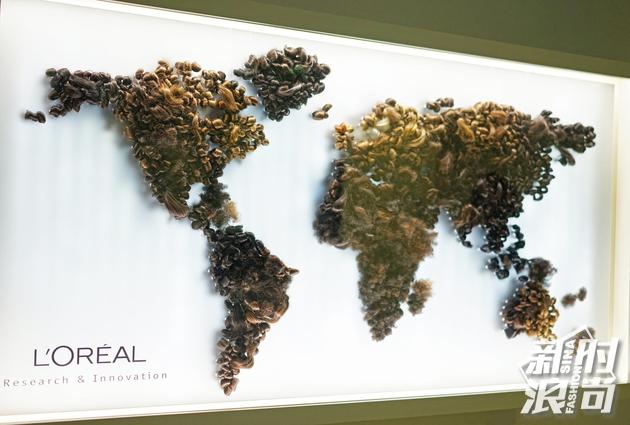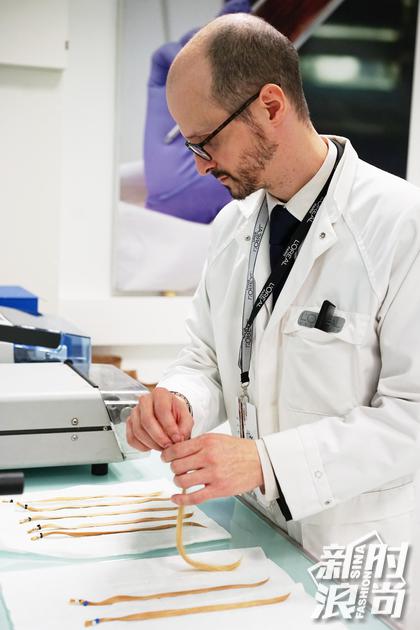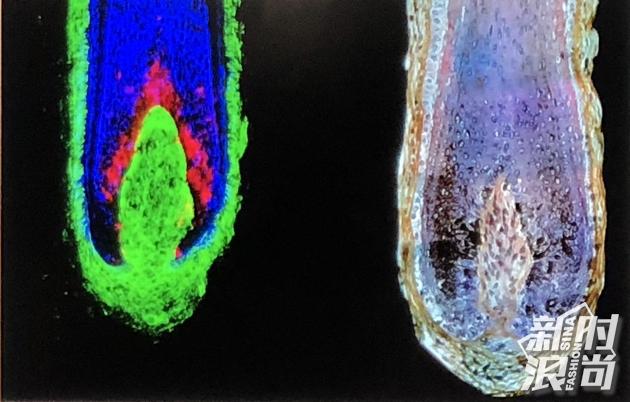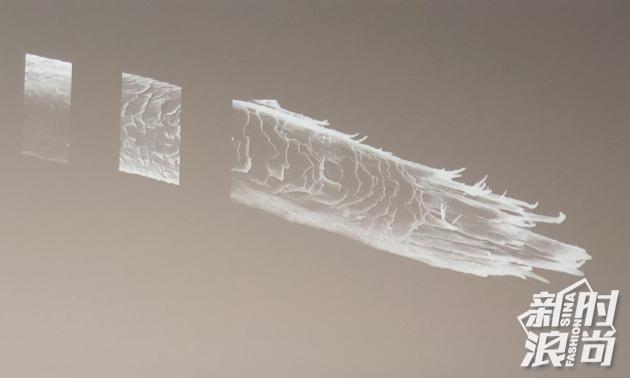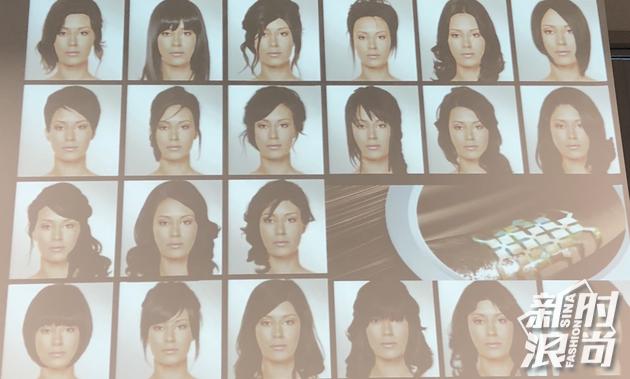Xinhuanet Beijing, August 25th (Reporter Zhang Chun) The film The Eight Hundred is based on the last battle of the Battle of Songhu in 1937. It tells the story of "eight hundred heroes" defending the four-lane warehouse in Shanghai for four days and four nights. This film is an obsession of director Guan Hu for more than ten years. After many twists and turns, it finally presents a war blockbuster that brings together many outstanding actors such as Wang Qianyuan, Zhang Yi, Jiang Wu, Huang Zhizhong, Oho Ou, Du Chun and Vision Wei.
On the battlefield, there is only one Suzhou River between the four-row warehouse and the public concession. In the film, the contrast scene between the north shore of the river and the south shore of the river is truly restored. From the beginning of the film project, the first difficulty faced was how to truly restore the original appearance of the battlefield. Facing this problem, Liang Jing, as a producer, said frankly: "The scene building process has been more than a year, and it really took a lot of energy and time, but now I feel that everything is particularly worthwhile."
Whether the scene is true or not is very important for the story to be established. Huang Zhizhong is deeply touched by this: "If an actor wants to establish a strong performance belief, you must first believe in the scene, and you must believe in the costume modeling, which will make you feel substituted, as if you were there, so that you can quickly find the feeling of that year."
In the movie The Eight Hundred, the camera is aimed at the soldiers in desperation, showing the audience a picture of all beings on the battlefield. Maybe at first they will be selfish, afraid of death and cowardly … … But in the end, they all overcame their fears, bravely faced life and death, and stepped forward without hesitation.
In the film, every soldier has grown up and changed. The youth "Dragon Boat Festival" played by Oho Ou came out of the county with a curious heart and a beautiful idea of just coming out to see Shanghai, but he didn’t expect to step into the war and experience the ultimate growth between life and death for four days and four nights.
"The most important thing is that it changed him from a boy to a man. It was four days and four nights, and he experienced the death of his loved ones and the departure of his brothers and sisters, which tortured his heart and led to this growth. " Oho Ou said, "The Dragon Boat Festival wants to do something for this country, which may be insignificant and his ability is limited, but he just wants to do something. Therefore, he can face it bravely. "
After years of preparation for the final release of the film, Liang Jing could not help but sigh: "Good things take some twists and turns, and good things are tempered. Everything is the best arrangement." Whether playing the professor’s wife in the film or the real producer, this is "a growing process" for Liang Jing.
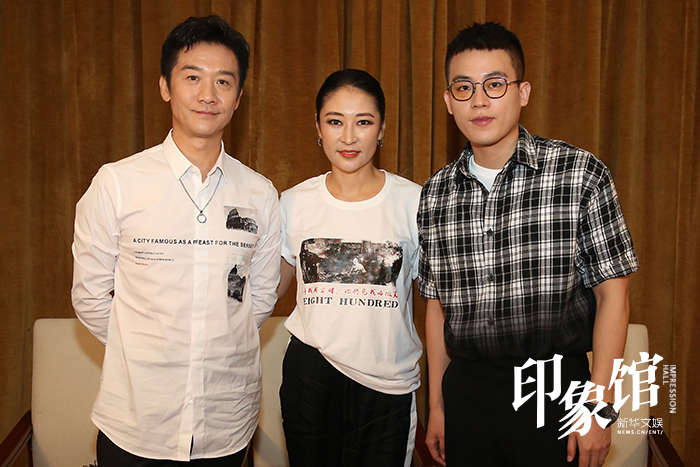
(From left) Huang Zhizhong, Liang Jing and Oho Ou.
Scene: Restore the real scene of the battlefield and let the actors be there.
Xinhuanet: From preparation to shooting, the first difficulty The Eight Hundred encountered was not the setting up of the scene?
Liang Jing: Yes, in fact, the film took nearly 10 years from the idea to the preparation and shooting. From the time when Guan Hu sprouted in his heart to the time when a small tree finally sprouted, he always wanted to shoot and then find a venue. After the project was established in 2013, it was not until 2015 that this venue was found, because at that time, we thought about how to shoot it for a long time, whether it was in the shed or in the real scene. But the reality is that the real scene can’t be filmed. The four-row warehouse is already a museum. It can’t be blown up or filmed, and it can’t achieve the relationship between the two sides of the river that director Guan Hu finally wants to present. Fortunately, I finally found a piece of land very predestined, and the real scene was built. This scene has been built for one or two years, which means that we started preparations at the end of 2016. It really took a lot of energy and time, but now it is particularly worthwhile.
Xinhuanet: How did you feel when you first approached this scene?
Huang Zhizhong: When I first saw that scene, it should be in the construction stage. At that time, director Guan Hu invited the actors to the venue in batches. He showed everyone around and told everyone where each scene would take place and how to shoot it. I remember that we were still wearing helmets at that time, and it was still a construction site. That was the first time.
Xinhuanet: Was it shocked to enter the market after it was built?
Huang Zhizhong: I think if an actor wants to build a strong belief in performance, you must first believe in the scene, and you must believe in the costume modeling, which will make you feel substituted, as if you were there, and you can find the feeling of that year.
Xinhuanet: How did you feel when you first entered the arena?
Oho Ou: It will be very substitutive. Because my plays are mainly in the warehouse, we went into the warehouse to shoot from the beginning. In fact, not long after shooting, we felt that the whole feeling was relatively depressed. The whole tone, including the whole atmosphere, and everyone’s emotions were all in such an environment. In fact, many times, as long as you concentrate and invest, it is easy to get into that emotion.
Liang Jing: The realism brought by this scene is really different from that of shooting in the shed. For example, we also talked that he (Oho Ou) was photographed riding a white horse in the shed, but he could only imagine that there were thousands of horses in front, but if the real shooting could give him (thousands of horses), his performance would be different. So in fact, sometimes actors rely on the surrounding environment, opponents and atmosphere to set off their performances.
Character: Four days and four nights grew up rapidly in the cruel war.
Xinhuanet: How do you view the character "Dragon Boat Festival"?
Oho Ou: In fact, all his starting point is to follow his uncle and take his younger brother to see what Shanghai really looks like. This is the most basic idea of this character. But I didn’t expect to be accidentally involved in the war, which lasted for 4 days and 4 nights. I think the most important thing is to change him from a boy to a man. It’s just four days and four nights. I think he has experienced a change of mood and mentality that he might never have experienced in his life if he hadn’t gone to Shanghai, but he has to accept it if there is no way. In this process, I experienced the death of my loved ones, and all my brothers and sisters around me were gone. Therefore, this kind of torture to his heart grew very rapidly. I always thought how many things can I experience in four days and four nights? But seeing the Dragon Boat Festival, I think I can really experience something I have never experienced in my life.
Xinhuanet: What is the image expression of riding a white horse at the end of the Dragon Boat Festival?
Oho Ou: This is actually a dream of "Little Hubei". During the Dragon Boat Festival, I watched what happened to the adults in these days, and then in the eyes of "Little Hubei", I also watched his brother’s changes along the way. In the end, he saw his brother’s brave scene, so when he was dreaming, he dreamed that his brother would become Zhao Zilong, and he was still brave enough to fight against the enemy in the face of hordes.
Xinhuanet: The film shows the contrast between the two banks of the river. One side is bustling and the other side is in ruins. How do you interpret the feeling of looking at the other side at the window during the Dragon Boat Festival?
Oho Ou: Actually, when we are not filming, we will stand there and watch. When we are in the warehouse here, we look at the opposite side, which is totally different. He almost swam to the other side (Dragon Boat Festival), but he was already very close to it. He could have walked, but he still didn’t. He is just curious about everything. He came to Shanghai just to see the big Shanghai, but he didn’t expect … …
Change: Pay tribute to the hero and leave an unyielding monument in the first world war.
Xinhuanet: The professor’s wife you played also changed from irrelevant to moved to tears. How do you understand this change?
Liang Jing: I talked a lot with the director at that time. In fact, I think this is to explore the true side of human nature. When these people lived in the concession, he didn’t care what happened outside, because he lived very well and comfortably. In fact, there were many such people at that time.
But when this kind of event happens in front of our eyes and they are shocked, I believe that everyone will be touched, and this touch will definitely promote his reflection, self-awareness and self-reflection. For example, her husband, who started fighting over there, went home for dinner with soybean milk fritters, just looking back. In the end, when her husband picked up the gun, he actually had feelings. I think the south bank represents the mentality of some real people, but when the brave men across the street finally made some amazing moves, everyone was moved.
Xinhuanet: Your "old gourd" came to Shanghai with two children, but he escaped quietly. What do you think of this character?
Huang Zhizhong: First of all, he was compiled by peace preservation corps, not a regular army. He was fooled by the county magistrate, thinking that he just wanted to go there and give people a standing ovation. Then when I got there, I saw that it wasn’t like that, and I was scared. Then he found a chance to run away. I think this is an instinctive sense of security. He just wanted to stay in the green hills without fear of burning firewood, but he didn’t expect to be caught by the enemy in the end.
Finally, he was tied to that post. At that time, it was actually far away from the Dragon Boat Festival. I think the straight line distance should be at least 500 meters. Then the director said that you should shout hard, and there is hope if you shout out. This is also a blood relationship, let the blood pass on, and want to give the child such a hope.
Xinhuanet: When it comes to growth, the Dragon Boat Festival is particularly scared from the first injury, and it is very calm when it really faces death in the end. How can this change be interpreted?
Oho Ou: If you want to invest, you have to trust him. In fact, we can’t really shoot for four days and four nights in a row, and there will be stops in the middle, but you must immerse yourself in such an emotion, which is what Director Guan Hu told us. This is a true reflection of your feelings. In fact, it may be just a skin injury, but you feel as if you are going to die, just because this fear will make you like that. But by the end of the Dragon Boat Festival, he had seen through everything and wanted to understand. He just wanted to do something for this country, which may be insignificant and his ability is limited, but he just wanted to do something. Therefore, he can face it bravely.
Xinhuanet: What do you want to say most about this film today?
Liang Jing: I think as long as it is a good thing, it will take some twists and turns. It may not be a good thing to come out too easily. Let’s have more good things. Everything is the best arrangement, so I think these twists and turns will also make us grow, whether it’s 4 days and 4 nights, 4 years or 40 years or 400 years. I think it’s all a process of growth.


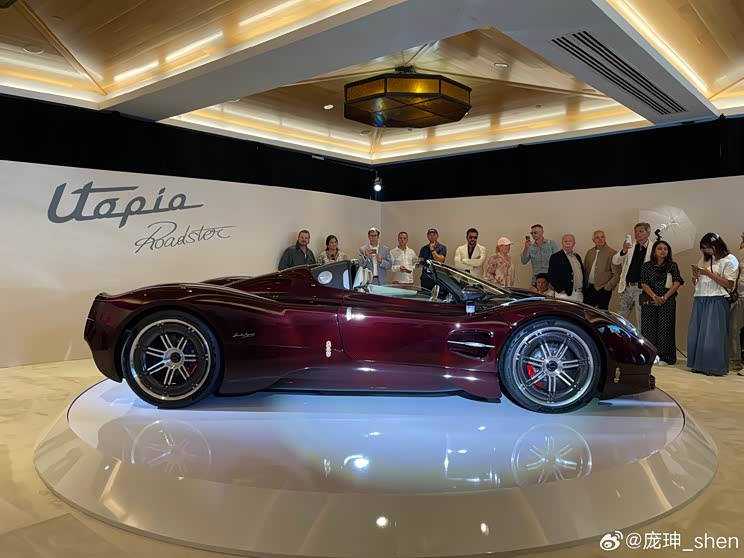

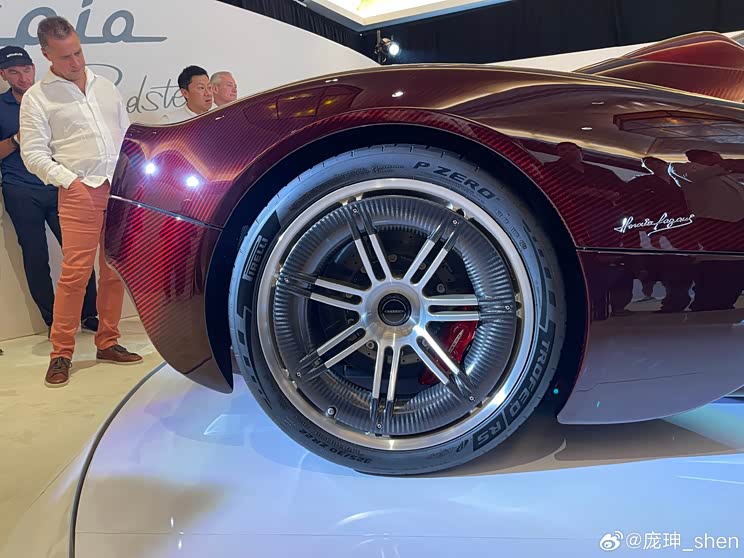


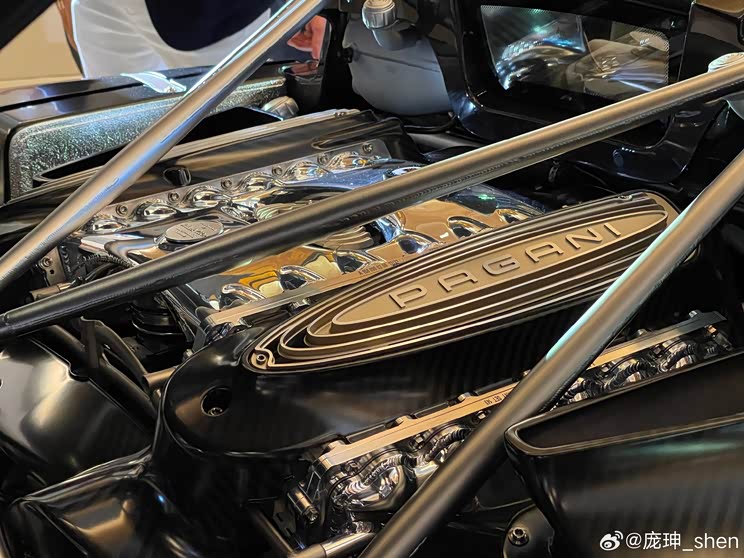
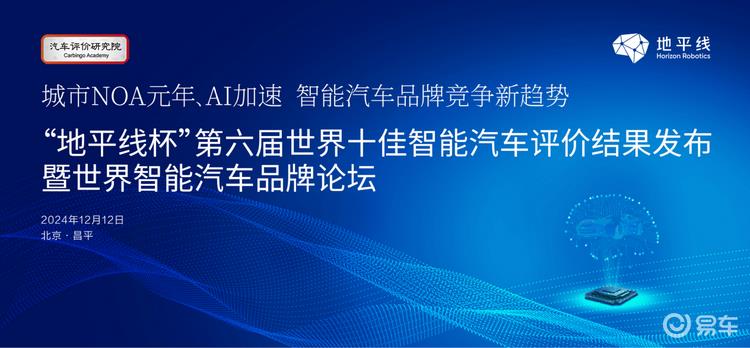
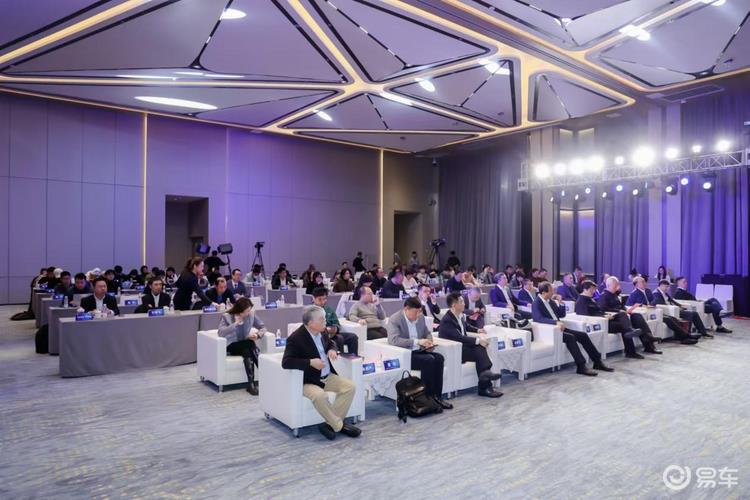
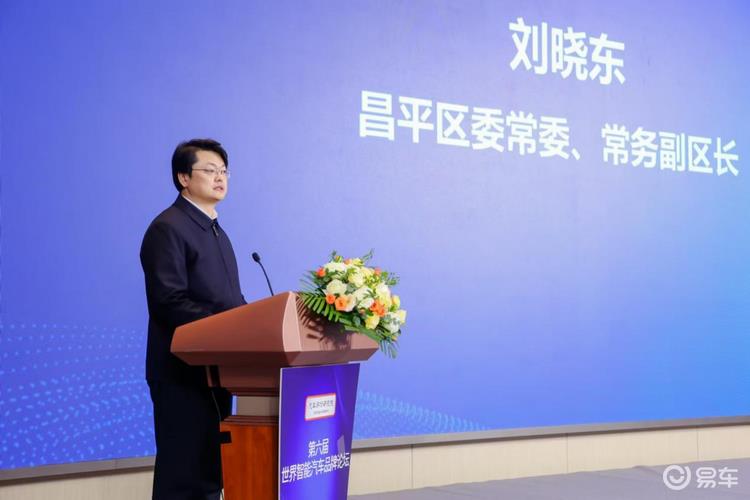
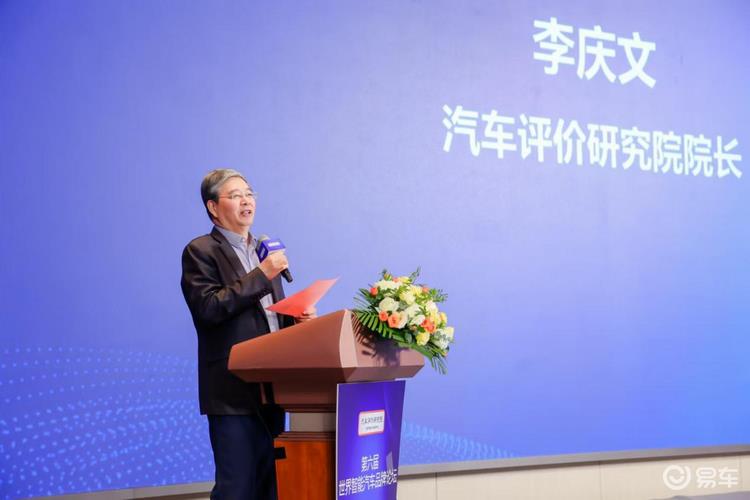
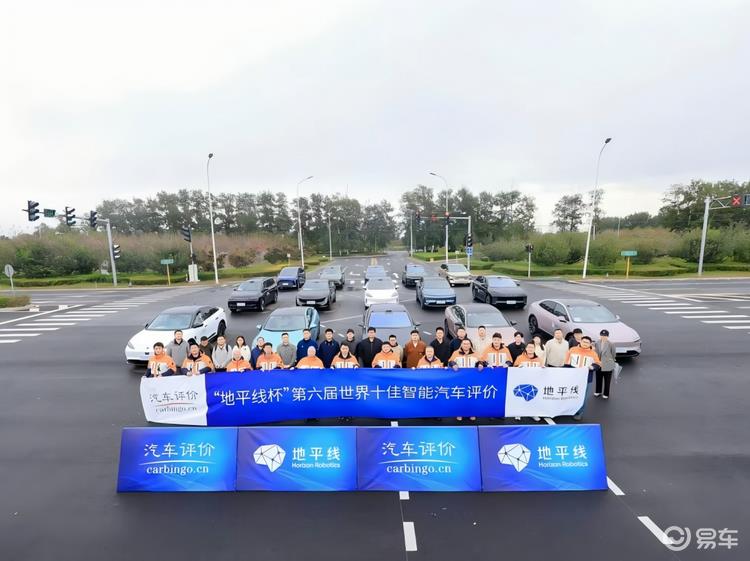
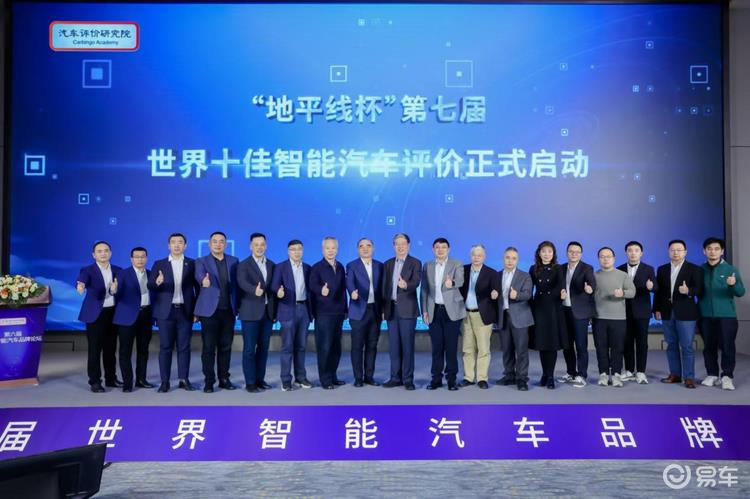


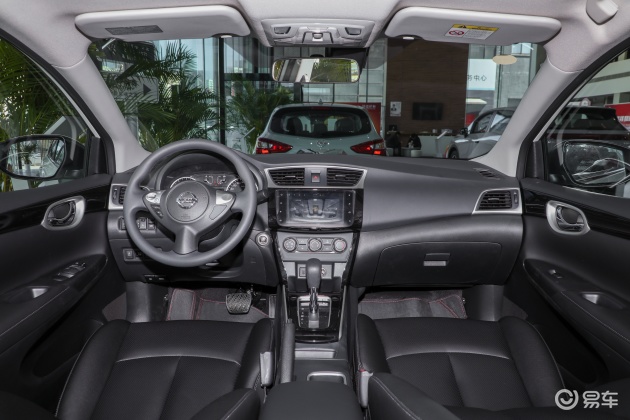






![[MD:Title]](http://www.6400.com.cn/wp-content/uploads/2023/12/IxVsCPK3.jpg)
![[MD:Title]](http://www.6400.com.cn/wp-content/uploads/2023/12/m1I67UPC.jpg)
![[MD:Title]](http://www.6400.com.cn/wp-content/uploads/2023/12/RTE1fN31.jpg)
![[MD:Title]](http://www.6400.com.cn/wp-content/uploads/2023/12/714RH4J4.jpg)
![[MD:Title]](http://www.6400.com.cn/wp-content/uploads/2023/12/T4jXy876.jpg)
![[MD:Title]](http://www.6400.com.cn/wp-content/uploads/2023/12/7FQnMcMh.jpg)
![[MD:Title]](http://www.6400.com.cn/wp-content/uploads/2023/12/68n671G4.jpg)
![[MD:Title]](http://www.6400.com.cn/wp-content/uploads/2023/12/xvPJPtq4.jpg)
![[MD:Title]](http://www.6400.com.cn/wp-content/uploads/2023/12/ZToPTN1J.jpg)
![[MD:Title]](http://www.6400.com.cn/wp-content/uploads/2023/12/H1Na8I60.jpg)
![[MD:Title]](http://www.6400.com.cn/wp-content/uploads/2023/12/OQT69tVs.jpg)
![[MD:Title]](http://www.6400.com.cn/wp-content/uploads/2023/12/XXM1qk4d.jpg)
![[MD:Title]](http://www.6400.com.cn/wp-content/uploads/2023/12/zFN6e6BI.jpg)
![[MD:Title]](http://www.6400.com.cn/wp-content/uploads/2023/12/pcez4eDE.jpg)
![[MD:Title]](http://www.6400.com.cn/wp-content/uploads/2023/12/H7oeOOTG.jpg)
![[MD:Title]](http://www.6400.com.cn/wp-content/uploads/2023/12/56vH0BSf.jpg)
![[MD:Title]](http://www.6400.com.cn/wp-content/uploads/2023/12/2Oc1aka1.jpg)






